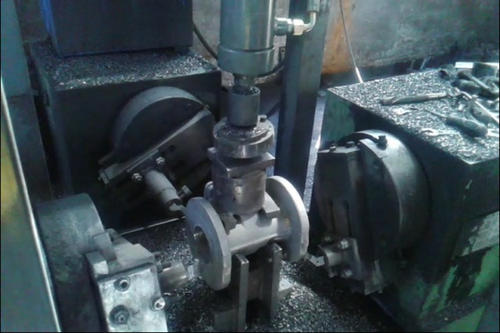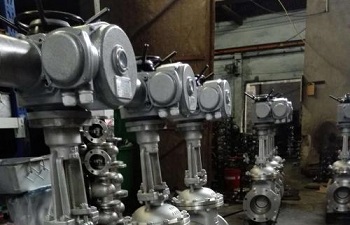Introduction of Brass Shut-off Valve

The brass shut-off valve is one type of shut-off valve. Its main material is brass. Brass is also known as a copper-zinc alloy. It is most commonly known as three seven brass, referring to the proportion of zinc and copper in it. Due to its good mechanical properties and processing performance, it is widely used. Brass shut-off valve has a wide range of applications in marine valves and has advantages that ordinary shut-off valves don’t have.
Sanitary shut-off valve is a kind of valve whose closing member (valve flap) moves along the centerline of the valve seat. Based on the type of movement of the valve flap, the change of valve seat opening is proportional to the valve flap stroke. Because the opening and closing stroke of the valve stem of this type of valve is relatively short, with a very reliable shut-off function, and because the change of valve seat opening is proportional to the valve flap stroke, which is very suitable for flow regulation, this type of valve is very suitable for shut-off, regulating, and throttling.
Once the valve flap of the shut-off valve is removed from the closing position, there is no longer contact between the valve seat and the sealing surface of the valve flap, so its sealing surface has very small mechanical wear. Therefore, it has an excellent sealing performance.
The disadvantage is that particles in a flowing medium may be stuck between sealing surfaces. However, this problem can be solved by turning the valve flap into a steel ball or porcelain ball. Because the valve seat and valve flap of most shut-off valves are easy to repair and replace, and because there’s no need to remove the entire valve from the pipeline when repairing or replacing sealing components, it’s very suitable for shut-off valves to be used in occasions where the valve and pipeline are welded.
Since the flow direction changes when the medium flows through this type of valve, the minimum flow resistance of the shut-off valve is also slightly higher than that of most other types of valves. However, the situation can be improved according to the structure of the valve body and the valve stem layout relative to the inlet and outlet channels.
Meanwhile, because the stroke between opening and closing of the valve flap of the shut-off valve is small, and because the sealing surface can sustain multiple times of opening and closing, it is very suitable for occasions where there’s a need for frequent opening and closing.





